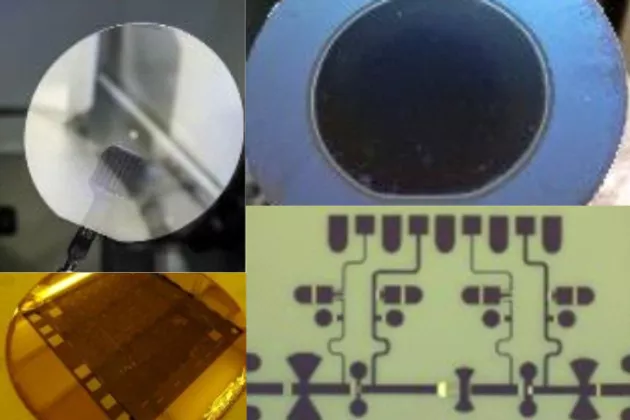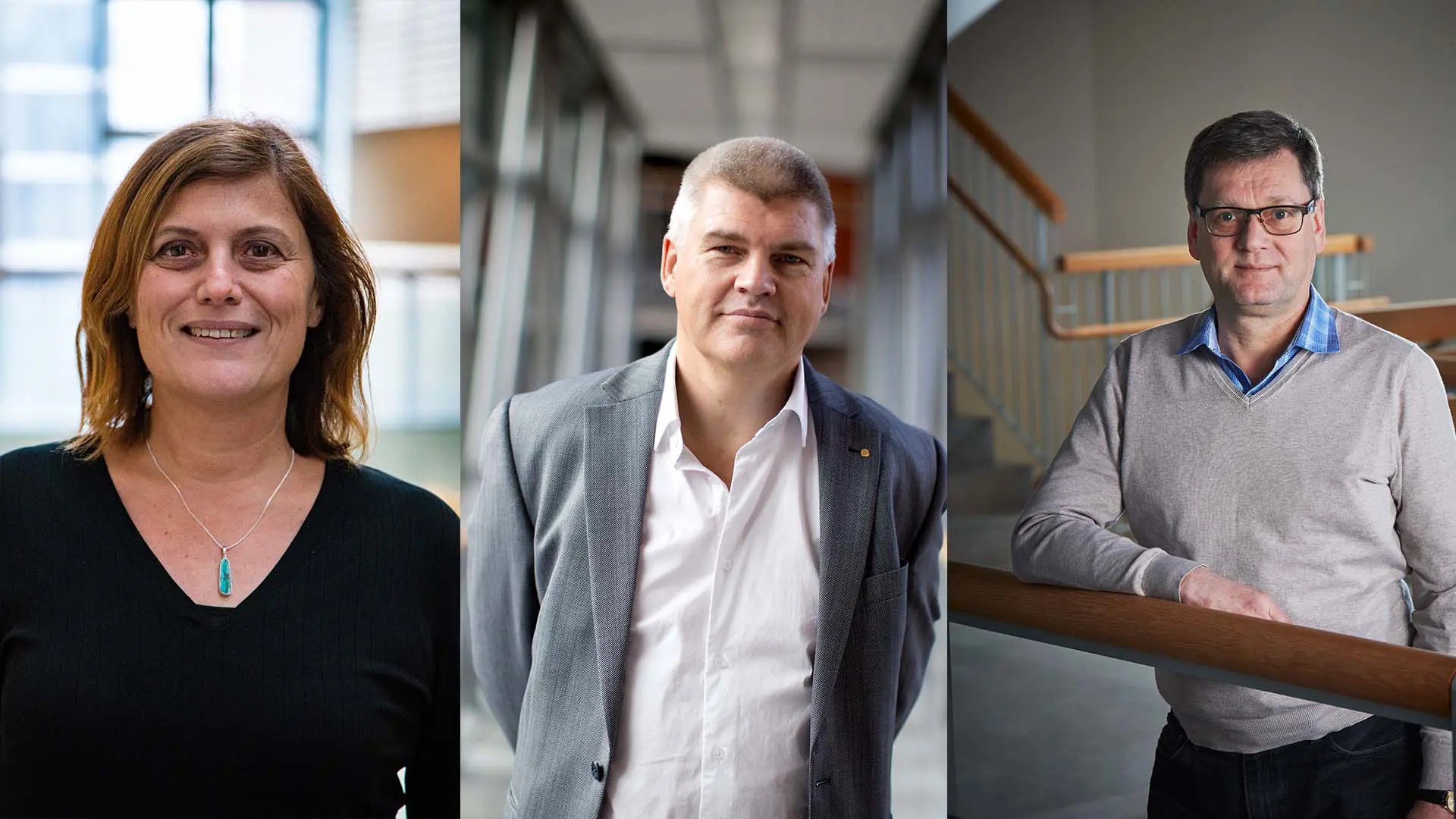
In a significant move to bolster the nation’s semiconductor industry, the Myfab laboratories have been awarded substantial funding through a new initiative by the Swedish Agency for Economic and Regional Growth. This initiative aims to enhance the semiconductor ecosystem across Sweden and further strengthen the Swedish participation in the Chips Joint Undertaking.

Quantum computers need extreme cooling for reliable calculations, with qubits requiring temperatures close to absolute zero. Researchers at Chalmers and the University of Maryland have developed a new refrigerator that autonomously cools superconducting qubits to record low temperatures, enhancing the reliability of quantum computation.

Researchers at Chalmers University of Technology in Sweden and at the University of Magdeburg in Germany have developed a novel type of nanomechanical resonator that combines two important features: high mechanical quality and piezoelectricity. This development could open doors to new possibilities in quantum sensing technologies.

Researchers at Chalmers University of Technology have for the first time succeeded in combining two major research fields in photonics by creating a nanoobject with unique optical qualities. Since the object is a thousand times thinner than the human hair, yet very powerful, the breakthrough has great potential in the development of efficient and compact nonlinear optical devices.
“My feeling is that this discovery has a great potential,” says Professor Timur Shegai, who led the study at Chalmers.

With only 125 kilos in weight - and as small as the size of a dishwasher - the first Arctic Weather Satellite, AWS, has successfully been launched with the mission to provide better weather forecasts for the Arctics, a region severely affected by climate change. The small satellite is equipped with a 19-channel cross-track microwave radiometer using semi-conductor technology fabricated at Chalmers University of Technology.

The potential of quantum computers is currently thwarted by a trade-off problem. Quantum systems that can carry out complex operations are less tolerant to errors and noise, while systems that are more protected against noise are harder and slower to compute with. Now a research team from Chalmers University of Technology has created a unique system that combats the dilemma, thus paving the way for longer computation time and more robust quantum computers.

Researchers at Chalmers University of Technology have discovered a way to observe a quantum force – the Casimir force – in real-time under the microscope by using a simple setup of miniscule gold flakes in a salty aqueous solution. Additionally, beautiful colours emerge from the resonances created between the aligned gold flakes, and the researchers can control the colours simply by adding or removing salt.

A group of researchers from Chalmers University of Technology in Sweden, University of Freiburg and the Netherlands Institute for Neuroscience have created an exceptionally small implant, with electrodes the size of a single neuron that can also remain intact in the body over time – a unique combination that holds promise for future vision implants for the blind.

Myfab Lund, Chalmers and KTH been invited to be part of a pilot line for Wide Bandgap materials, together with Linköping.

Radiation from space is a challenge for quantum computers as their computation time becomes limited by cosmic rays. Researchers from Chalmers University of Technology, Sweden, and University of Waterloo in Canada are now going deep underground in the search for a solution to this problem – in a two-kilometer-deep mine.

Floriana Lombardi, Peter Andrekson and Per Delsing, all active at MC2, are three of the eleven Chalmers researchers who will be appointed Wallenberg Scholars in 2024. With the grants from the Knut and Alice Wallenberg Foundation, they may now push the borders of knowledge in high-temperature superconductors, space communication and qubits with longer coherence times.

Three researchers from Swedish universities were awarded the prestigious ERC Advanced grant for research in Physical Sciences and Engineering. One of these is Jan Stake, Professor of Terahertz Electronics at the Department of Microtechnology and Nanoscience. As the only researcher from Chalmers to be given the grant, he now receives approximately SEK 28 million for his research project in semiconductor technology.